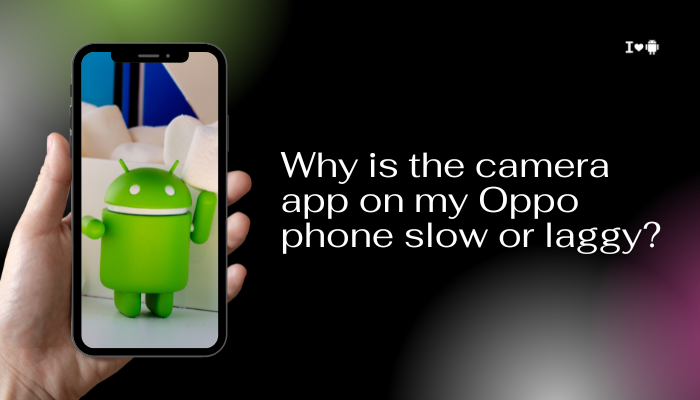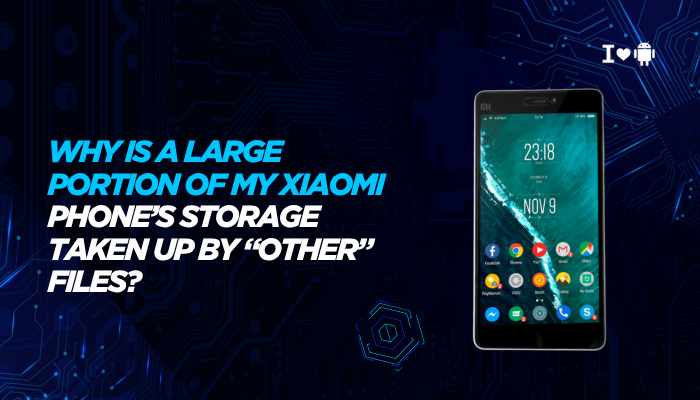Introduction
A sluggish or unresponsive Camera app on your Oppo or Realme smartphone can ruin the moment—whether you’re snapping a candid portrait, capturing fast-paced action, or scanning a QR code. While modern ColorOS versions pack powerful AI scene detection, ultra-high-resolution modes, and in-app editing, these features also demand CPU, GPU, RAM, and storage resources.

AI Scene Detection and Post-Processing Overhead
How AI Slows Down Capture
Features like Multi-Frame HDR, Nightscape, and AI beautification analyze every frame, increasing processing time before a shot is displayed or saved.
Fixes
- Disable AI Features: Open Camera → tap Settings (gear) → turn off AI Scene Detection, HDR, Night mode, and Beautify when speed is essential.
- Use “Photo” Instead of “Ultra HDR” or “Pro” Modes: Switch to basic Photo mode for instant captures without heavy processing.
High-Resolution and Ultra-Zoom Modes
Storage and CPU Strain
Shooting at 48 MP, 64 MP, or 108 MP requires more memory and longer write times, leading to pauses between shots.
Fixes
- Switch to 12 MP Binned Mode: In Camera → Resolution icon, select 12 MP instead of max megapixels.
- Avoid Digital Zoom: Use optical zoom lenses (2×, 5×) or move closer to the subject rather than invoking heavy digital interpolation.
Insufficient Free RAM
Multitasking Pressures
If your phone’s RAM is full from background apps, the Camera app must free memory before launching or switching modes.
Fixes
- Close Background Apps: Use Recents → swipe away unneeded apps; lock only critical ones.
- Enable Memory Expansion: ColorOS 12+ → Settings → Additional Settings → Memory Expansion → enable virtual RAM.
- Reboot Weekly: Clears accumulated background processes and prevents RAM bloat.
Storage I/O Bottlenecks
Slow Write Speeds
If internal storage is nearly full or the I/O subsystem is saturated, writing JPEGs or videos takes longer, causing lag.
Fixes
- Free Up Storage: Settings → Storage → Clean; uninstall unused apps and delete large files. Aim for ≥20% free space.
- Use UFS Storage (where available): Mid-range/Poco may use eMMC; OEM variants with UFS are faster.
- Move Media to SD Card/Cloud: Offload photos/videos to microSD (if adoptable) or cloud services (Google Photos, Oppo Cloud) to ease I/O.
Thermal Throttling from Overheating
Heat-Induced CPU/GPU Downclock
Intensive camera use combined with ambient heat or fast charging can trigger thermal protection, slowing image processing.
Fixes
- Cool Down Before Shooting: Remove case, pause gaming/streaming, and let the phone rest in shade for 5–10 minutes.
- Avoid Fast Charging While Shooting: Charge between sessions; do not game or record video while plugged in.
- Monitor Temperature: Use hardware-info apps (CPU-Z) to check when temperatures exceed 45 °C.
Outdated Firmware and Camera App Bugs
Software-Level Issues
ColorOS updates often include bug fixes and performance optimizations for the camera pipeline. An outdated build may harbor known lag issues.
Fixes
- Update ColorOS: Settings → About Phone → Software Update → install the latest stable patch.
- Update System Apps: Play Store / Oppo App Market → My apps → update Camera if available as a separate module.
- Wipe Cache Partition (after a major update): Power off → hold Power + Volume Up → select Wipe cache partition → reboot to clear stale caches.
Background Services and Sync Tasks
Hidden CPU Wake-Ups
Cloud backup (Photos), gallery sync, geotagging, and AI-based album creation can keep CPU busy, delaying camera launches.
Fixes
- Pause Cloud Sync: In Photos or Gallery settings, disable Sync during urgent photography sessions.
- Restrict Background Activity: Settings → Battery → App Management → [Photos, Gallery] → Restrict background activity.
- Use Airplane Mode: Temporarily disable networks to prevent background tasks when capturing fast sequences.
Improper Developer Options Settings
Debugging Overheads
Certain Developer Options—Show GPU view updates, Profile GPU rendering, or forced MSAA—can introduce rendering overhead.
Fixes
- Disable Unnecessary Toggles:
- Settings → About Phone → tap Build number 7× → Developer Options → turn off Show layout bounds, Debug GPU overdraw, Profile GPU rendering, and Force 4× MSAA.
- Reset to Default:
- In Developer Options, tap Reset to default to clear all experimental settings.
Unoptimized Third-Party Camera Plugins
Effects and Filters Impact
Installing additional camera plugins or themes can bloat the Camera app, slowing startup and mode switching.
Fixes
- Disable/Uninstall Plugins: Open Camera → Settings → Plugins → turn off or remove unneeded effects.
- Avoid Third-Party Themes in Camera: Revert to the stock theme via Settings → Themes for consistent performance.
Legacy Hardware Limitations
Older Chipsets and Camera ISP
Entry-level and 2-year-old Oppo models with older SoCs and ISPs (Image Signal Processors) may struggle with new ColorOS camera features.
Fixes
- Limit to Essential Modes: Use only Photo, Video, and Portrait; avoid demanding modes like Expert or Ultra HD.
- Use Lightweight Third-Party Camera Apps: Alternatives like Open Camera allow manual control without heavy processing, offering snappier response on older hardware.
- Consider Upgrading: If you rely heavily on advanced camera features, next-gen hardware with updated ISPs offers a dramatically smoother experience.
Best Practices for Smooth Camera Performance
- Pre-Session Cleanup: Clear RAM and storage before critical photo sessions.
- Selective Feature Use: Disable AI and high-res modes when speed matters more than quality.
- Regular Updates: Keep both ColorOS and Camera app updated to benefit from optimizations.
- Thermal Management: Avoid shooting while charging or in direct sunlight.
- Weekly Reboots: Helps clear camera-related memory leaks and resets background services.
Conclusion
A laggy Camera app on an Oppo phone often stems from a combination of software features, hardware constraints, device state, and background workloads.
By systematically applying the ten fixes above—disabling AI scene detection, choosing lower resolutions, freeing RAM and storage, managing thermal load, updating firmware, and pruning background services—you’ll restore near-instant responsiveness.
Pair these tactics with best practices like weekly reboots and selective feature use to ensure your Oppo device is always ready to capture that perfect shot without frustrating delays.

